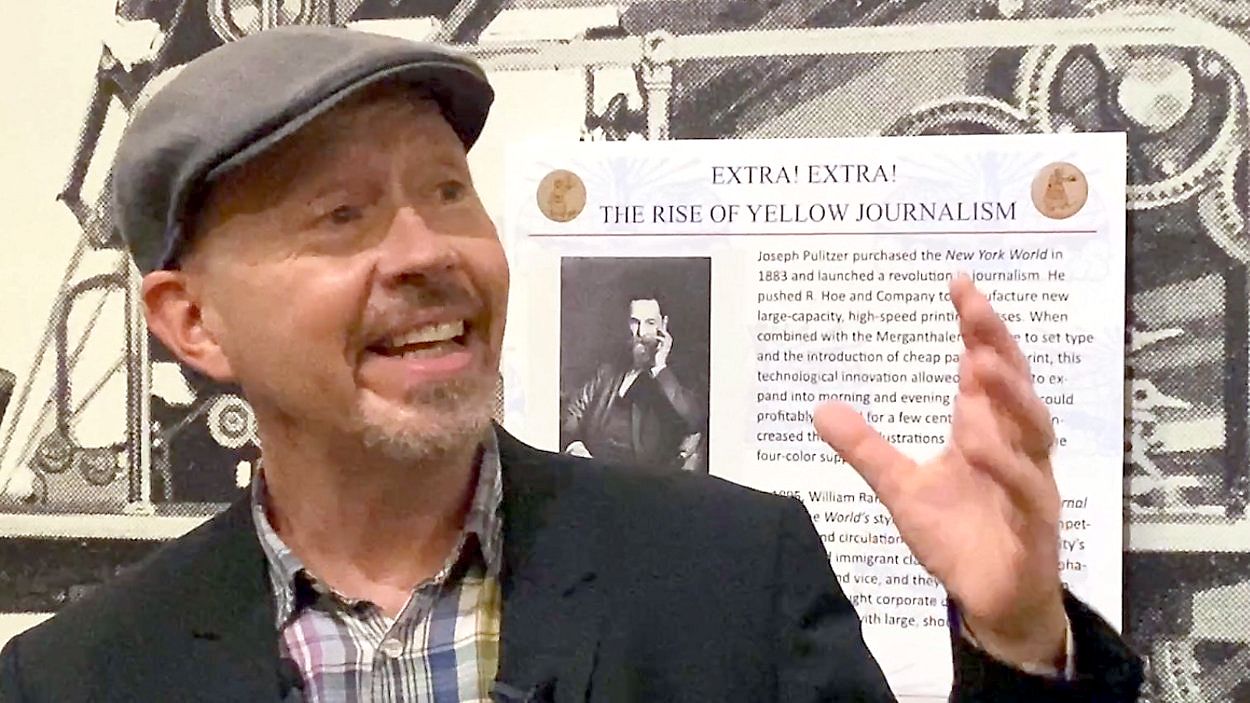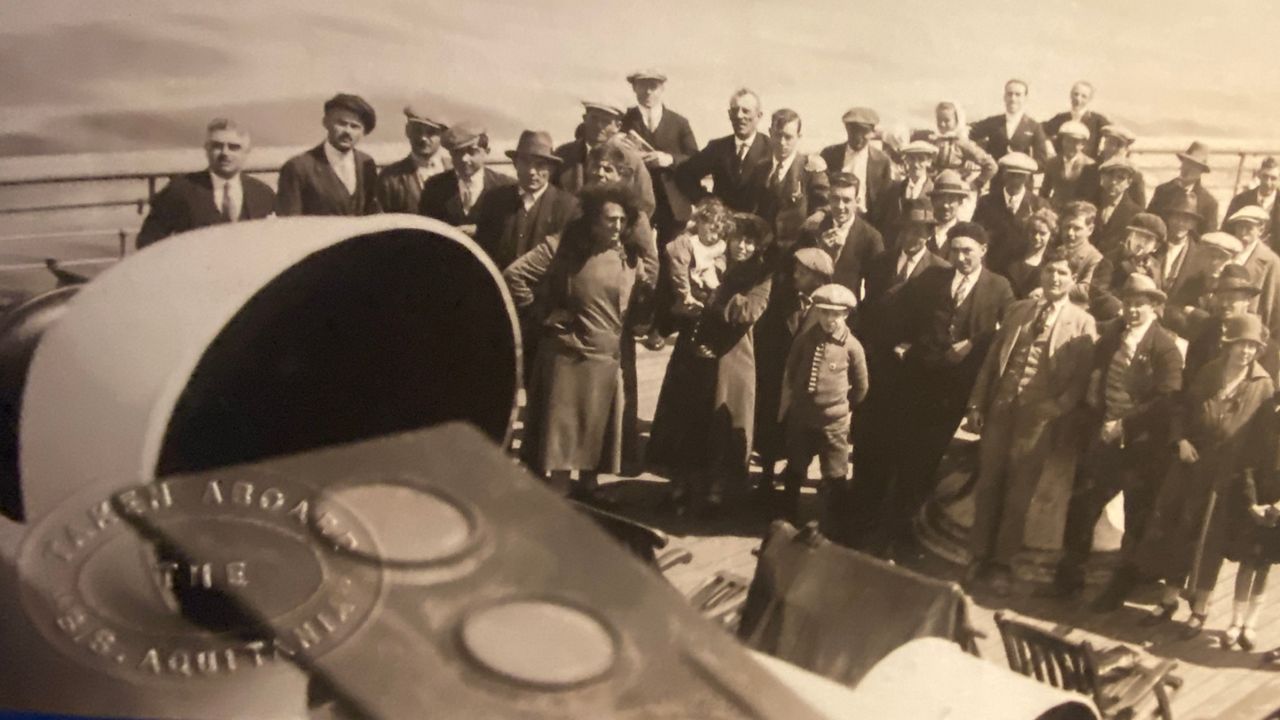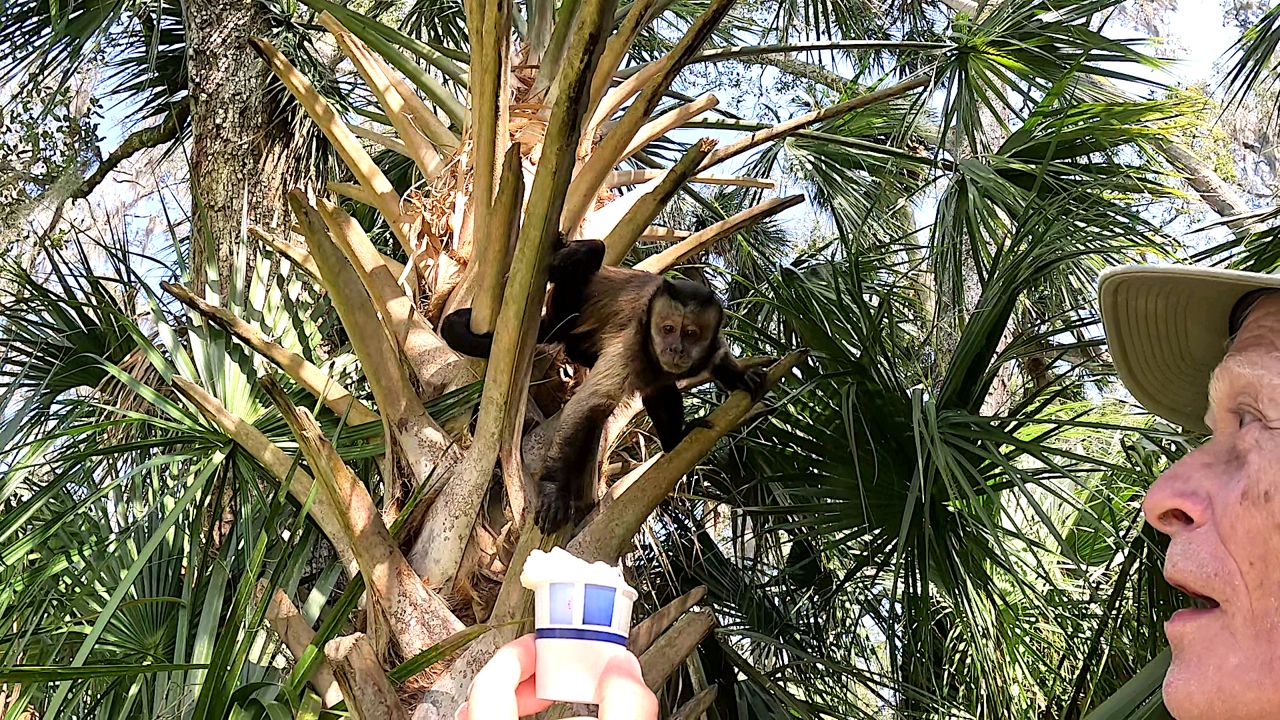After 124 years, sketches of war correspondent Frederick Remington have returned to where they began, in Tampa.
What You Need To Know
- The Plant Museum is currently hosting “Stop the Presses! Fake News and The War of 1898”
- The exhibit was curated by Dr. Charles Groh, who teaches history at the University of Tampa
- It will run at the museum through December
It’s courtesy of Dr. Charles Groh, who curated the Plant Museum exhibition: “Stop the Presses! Fake News and The War of 1898.”
“While he was here, he did lots of these sketches that you are seeing here," Groh said. "And they are very quick sketches because then he’s going to go back at do these finished works."
Groh teaches History at the University of Tampa, home to the Historic Tampa Bay Hotel, the Plant Museum and the 1898 headquarters of the U.S. Army prior to their 1898 invasion of Cuba.
According to Groh, Remington also filed false accounts about Cuba before the war started — exaggerating the negative treatment of a suspected female Cuban revolutionary at the hands of the Spanish.
“He was actually very unhappy with the conditions in Cuba,” explained Groh. “He was supposed to stay a month but he only stayed a week. So some of his supposed ‘eye witness’ illustrations are in fact things that he created when he was in New York.”
It was a comic strip character of the day that helped name this kind of fake news – called yellow journalism.
“Mickey Dugan, known as ‘Yellow Kid’ In the 1890s," said Groh. "He is the first nationally famous comic character — he was the first character to be merchandised."
But another paper poached the cartoonist behind this money maker.
“The bidding war over this popular character became synonymous with the reporting style of both newspapers, so it went from being called the yellow kids press to the yellow press," said Groh. "And now we remember the term ‘yellow journalism.'"
For Groh, access to this rich community history is the perfect opportunity to engage his students, who have prepared an exhibit on entertainers of the era.
It’s here he lets students actually touch the pieces — and change their perspectives.
“Learning to tell stories with original artifacts as opposed to just writing papers is a completely different way of thinking about history,” said Groh.
The exhibition continues through December.
On Friday, the public can join the Poynter Institute for an evening at the Plant Museum. The event, “The History of Fake News: From the War of 1898 to the 2022 Invasion of Ukraine,” begins with a cocktail reception at 5:30 p.m.









